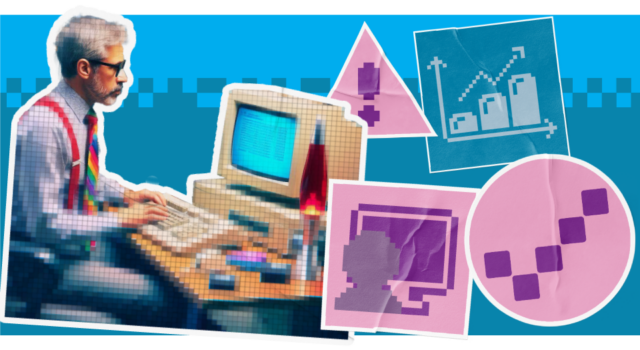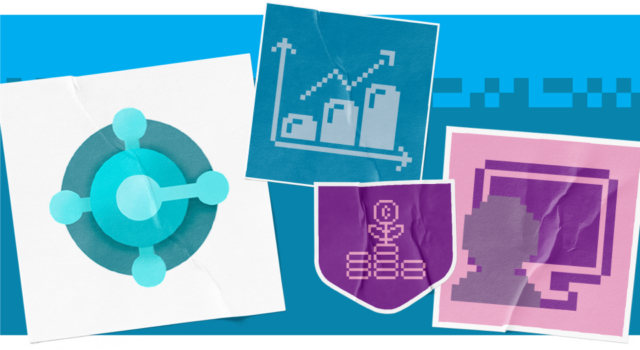
How to perfect accurate demand planning with Business Central_
Demand planning is a critical process for businesses, especially when many are seeking to be more ef...
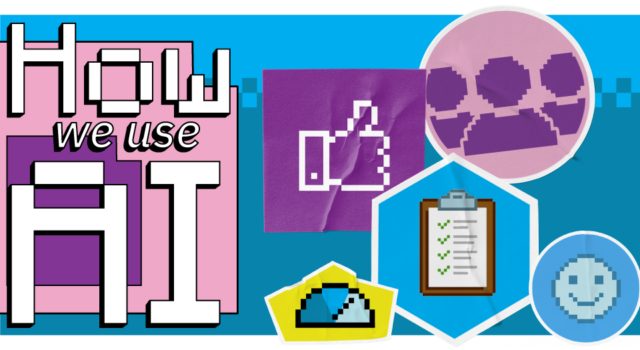
How we use Copilot: a self-serve bot to reclaim HR time_
While AI tools has dominated the world for the last few years, there has been a recent shift towards...
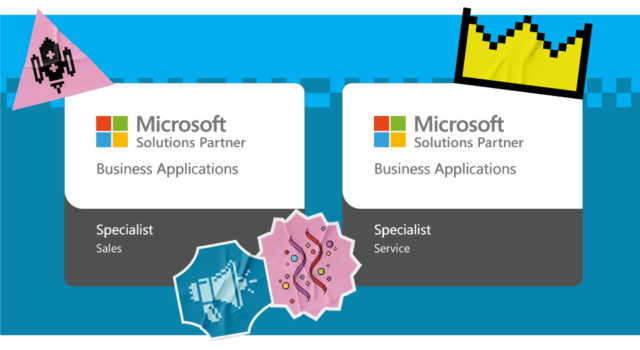
Infinity Group awarded Sales and Service Advanced Specialisations by Microsoft_
We’re pleased to announce we’ve been awarded two new Advanced Specialisations by Microsoft: Sale...
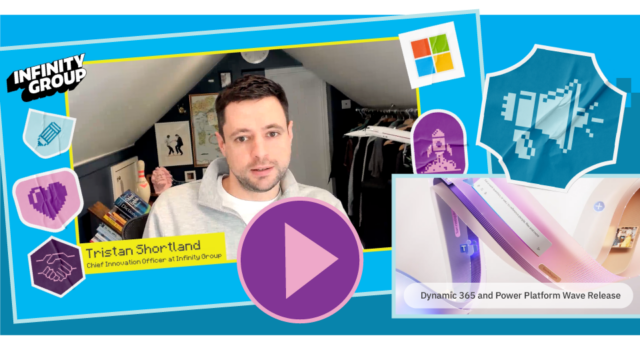
Highlights of Dynamics 365 and Power Platform 2025 Wave Release 1
It’s that time of year where Microsoft announce the new features and improvements rolling out acro...
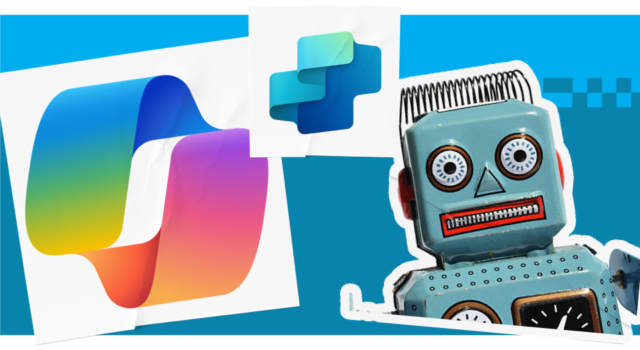
Exploring Copilot Agents: what can they actually do for your business?
The AI landscape continues to evolve rapidly, with tech companies constantly bringing new iterations...
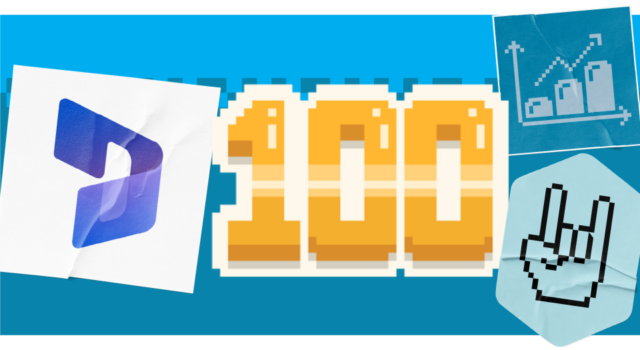
100 performance-boosting things you can do in Dynamics 365_
Dynamics 365 is a powerful suite of applications, designed to simplify management and boost performa...
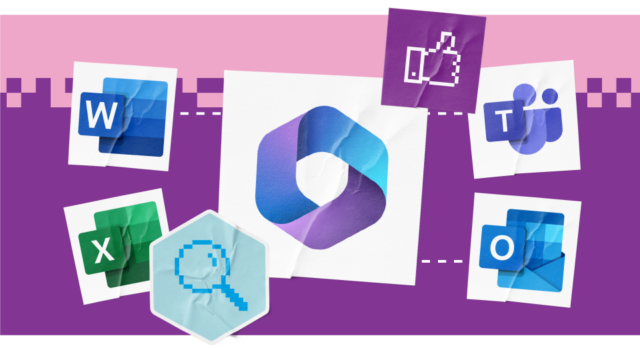
The absolutely-everything-you-need-to-know guide to Microsoft 365_
Every business needs tools that bring their teams together and enable them to work efficiently. In t...
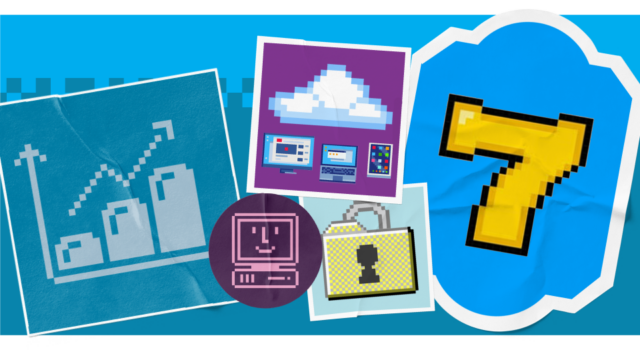
7 tips for building a scalable IT operating model_
IT is the lifeblood of any business. It’s crucial to your daily operations, including your ability...
We would love
to hear from you_
Our specialist team of consultants look forward to discussing your requirements in more detail and we have three easy ways to get in touch.

